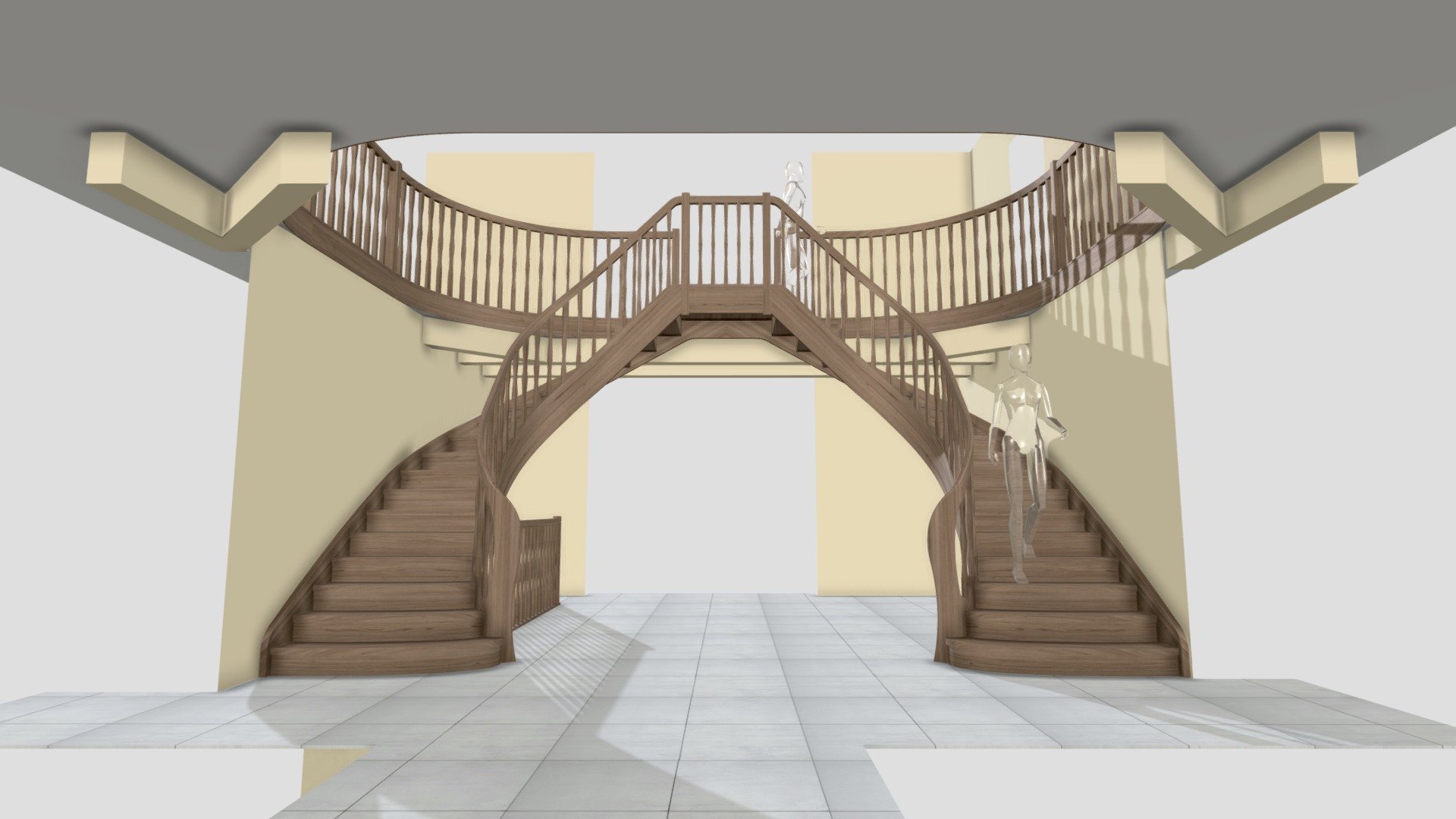
E2405 All 3D
sketchfab
The human body is a complex and highly adaptable system that has been shaped by millions of years of evolution. It is made up of many different systems that work together to maintain overall health and function. These systems include the skeletal, muscular, nervous, circulatory, respiratory, digestive, endocrine, and immune systems, among others. Each of these systems plays a vital role in keeping the body alive and functioning properly. The human brain is responsible for controlling most bodily functions, including movement, sensation, perception, and cognition. It is protected by the skull and surrounded by cerebrospinal fluid that cushions it from shock. The brain is made up of billions of neurons, or nerve cells, that communicate with each other through electrical and chemical signals. The human heart is a vital organ that pumps blood throughout the body, supplying oxygen and nutrients to tissues and organs. It is located in the chest cavity and beats around 100,000 times per day. The heart is made up of four chambers: the left and right atria, and the left and right ventricles. The human lungs are responsible for exchanging oxygen and carbon dioxide through the process of respiration. They take in oxygen-rich air from the atmosphere and expel waste gases such as carbon dioxide. The lungs are made up of tiny air sacs called alveoli where gas exchange occurs. The human digestive system is responsible for breaking down food into nutrients that can be absorbed by the body. It includes the mouth, esophagus, stomach, small intestine, and large intestine. The digestive process begins with mastication, or chewing, which breaks down food into smaller pieces. The teeth are designed to tear and crush food into smaller bits, while the tongue helps mix food with saliva that contains enzymes. The human skin is the largest organ of the body and plays a crucial role in regulating body temperature, protecting against external damage, and aiding in the production of vitamin D. It is made up of several layers, including the epidermis, dermis, and hypodermis. The epidermis is the outermost layer, while the dermis is beneath it, containing blood vessels, nerve endings, and hair follicles. The human reproductive system includes the male and female organs that are responsible for producing sex cells and facilitating reproduction. In males, the testes produce sperm, while in females, the ovaries produce eggs. The process of reproduction involves the union of sperm and egg to form a zygote, which then develops into an embryo. The human sensory system is responsible for detecting and interpreting information from the environment through sight, sound, touch, taste, and smell. It includes the eyes, ears, nose, tongue, skin, and other specialized organs that allow us to perceive our surroundings.
With this file you will be able to print E2405 All 3D with your 3D printer. Click on the button and save the file on your computer to work, edit or customize your design. You can also find more 3D designs for printers on E2405 All 3D.
